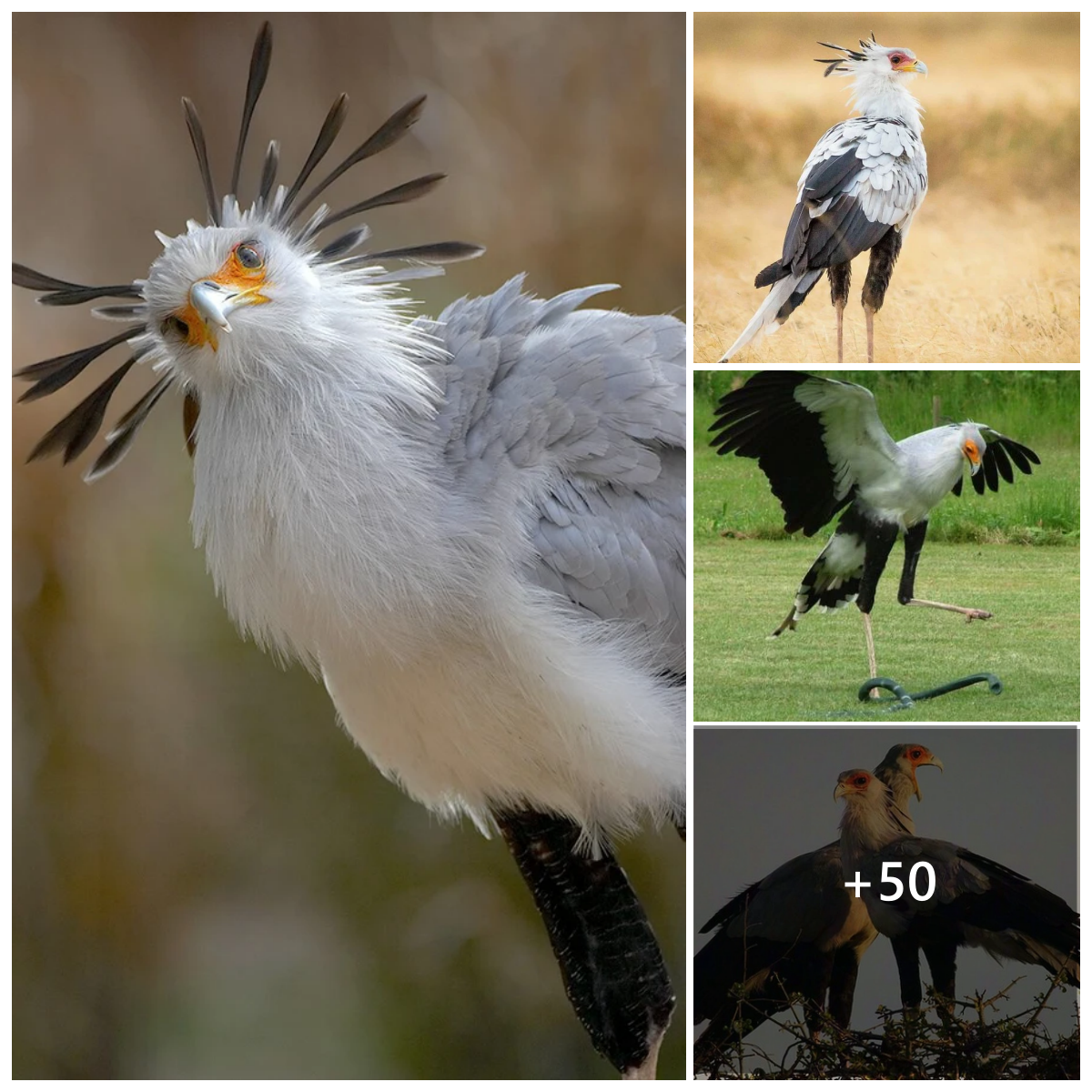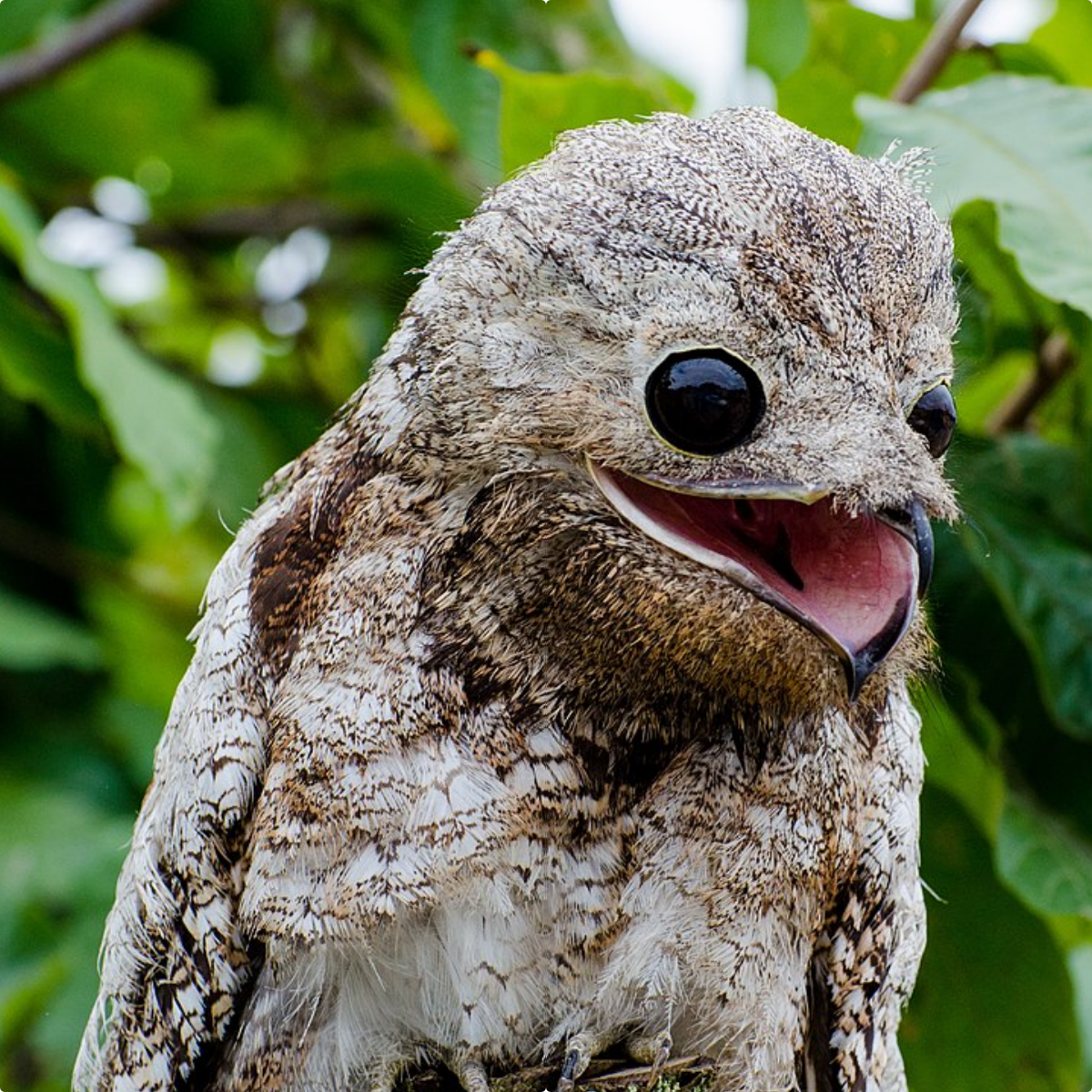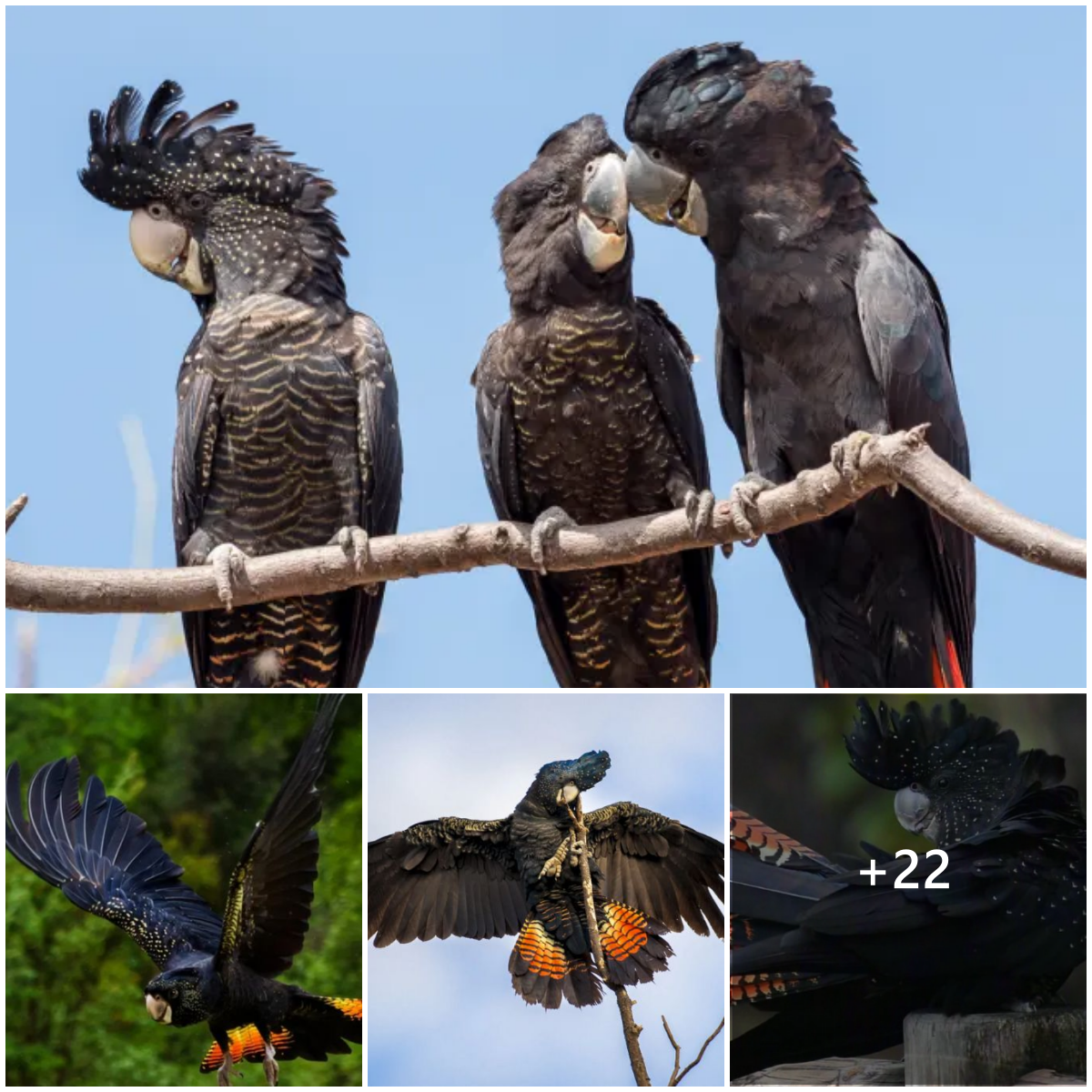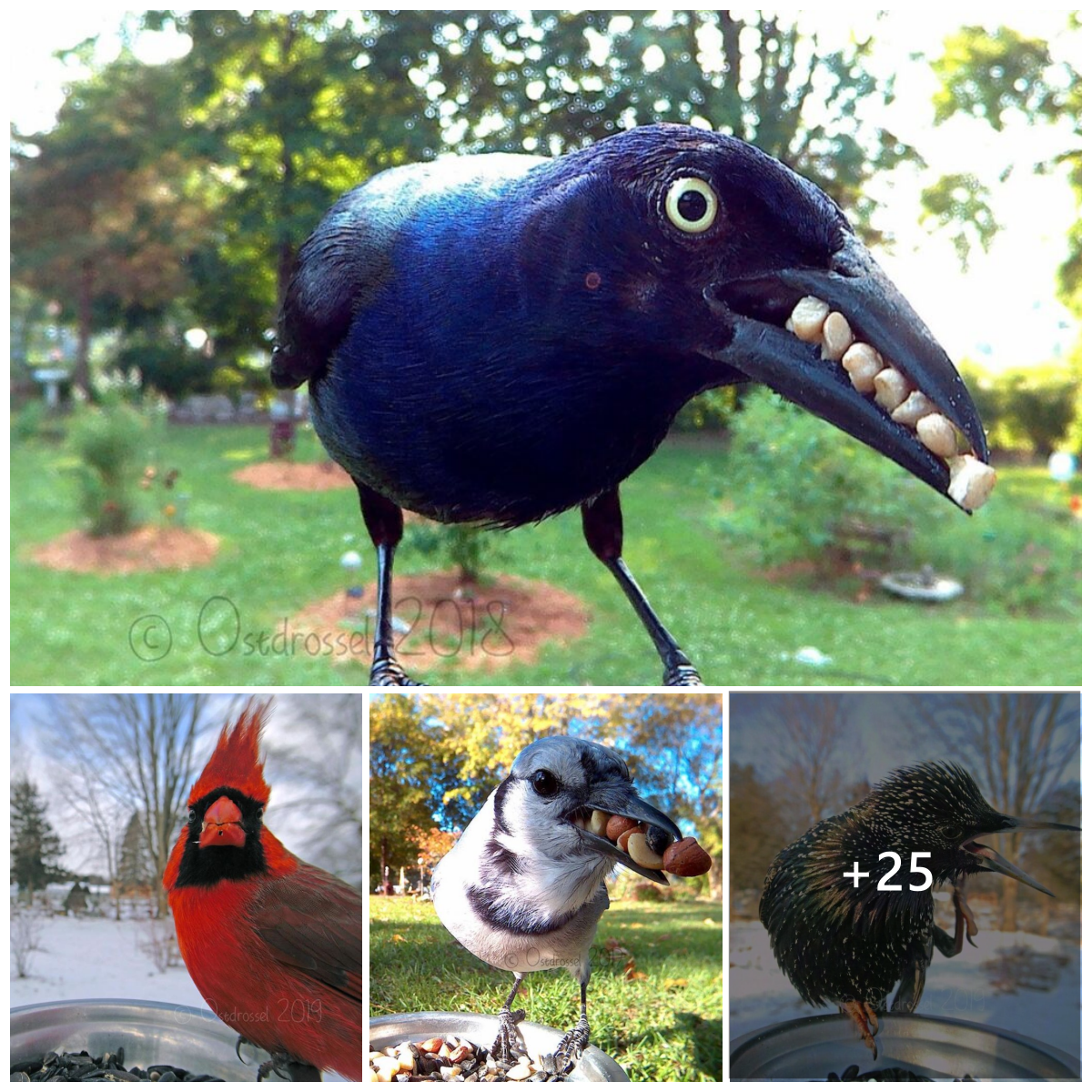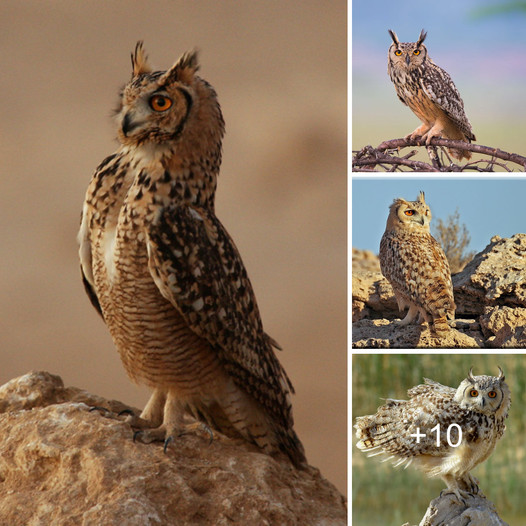video at the end of the article
hat does a Black-tailed Godwit look like?
The black-tailed godwit is mainly found in Europe and parts of Russia and is one of Europe’s larger wading birds identified by its long neck, particularly long legs and long, straight, fine tipped bill. The adult female is larger and heavier than the male with a longer bill. Summer plumage of adult birds is a striking rufous to copper red colour on the chest, head and neck with the adult male showing a brighter and wider area of colour. The flanks have black bars and the upper wings are black with a broad white wingbar and black tail. The rump is white as are the upper tail coverts giving the appearance of a wide white stripe across the top of the upper tail. The underwing area is predominantly pale grey to white. In winter plumage the upperparts and breast area are a brownish grey and the wings similar to the breeding colour and patternation. Whilst the bill is tipped black and is an orange pink colour during the summer, in winter it is mainly pink without a dark tip. The legs remain a dark grey to black throughout the year. Juvenile birds are similar to the adult winter plumage although slightly darker across the upper parts with a buff shade to the chest.
Close up of a Black-Tailed Godwit
What does a Black-tailed Godwit sound like?
Although out of the breeding season generally quiet, in flight it has a call similar to ‘viu–viu– viu’, or a noisier repetitive three syllable, ‘du-wid-oo, du-wid-oo, du-wid-oo’.
Black-Tailed Godwit in flight

What does a Black-tailed Godwit eat?
Using their long bills as probes, black-tailed godwits eat a variety of insects and insect larvae, molluscs, spawn and tadpoles, seeds, berries and rice; the latter being a staple when overwintering in sub-Saharan Africa.
A pair of Black-Tailed Godwits

Distribution
The breeding range of this species of godwit extends from Iceland, the Shetlands and isolated areas within Scandinavia, through northwest continental Europe into west and central Russia, northern Kazakhstan, eastern Siberia and Mongolia to the Kamchatka Peninsula. The birds migrate south for the winter to southern UK, sub-Saharan West Africa and eastwards across Mali, Niger, Chad and Sudan and south to Ethiopia, DRC, Kenya and Zambia. Russian based breeders travel south to Iran, Pakistan, India, Myanmar and the coasts of Indonesia and Australasia.
Black-Tailed Godwit chick
Sub-species
There are three recognised subspecies of the black-tailed godwit, the Limosa, the Islandica and the Melanuroides, all of which are monotypic. Apart from slight variations in size, melanuroides being the smallest with limosa being the largest and islandica somewhere in between; the main difference in the sub-species is their geographical locations. These can simply be broken down to Limosa limosa limosa (European) breeding in Europe and west Russia, migrating south to southern Europe, sub-Saharan Africa, the Middle East and India. Limosa limosa islandica (Icelandic) breeding mainly in Iceland, the Shetlands, Faroe Islands and other north Atlantic archipelagos overwintering on the south coast of the United Kingdom and Southwest Europe. Finally, Limosa limosa melanuroides (Asian) which breeds across Siberia and Kamchatka into northern China and Mongolia overwintering on the Indian sub-continent, Myanmar, and the coastal regions of Indochina, Taiwan, Indonesia and Australasia.
A pair of Black-Tailed Godwits mating

Signs and Spotting tips
Also often referred to as a shorebird these waders favour habitats such as bogs, marshes, damp meadows, swamps, reservoirs, muddy estuaries and inland freshwater lakes. Whilst easily recognisable as one of the larger godwits they can still be mistaken for the Bar-tailed Godwit which is similar in size and winter plumage. The broad white wingbars, black tail and long trailing legs during flight however, aid positive identification.
The nest and eggs of a Black-Tailed Godwit

Breeding
Black-tailed godwits are, in general monogamous. Nests are constructed on the ground from a shallow scrape, normally surrounded by thick vegetation which is often used as camouflage. One brood of 3 – 6 light olive green eggs, is laid annually between May to July and incubated by both parents for an average of three weeks. Fledging occurs from twenty five to thirty days later.
How long do Black-tailed Godwits live for?

Average life expectancy is between ten to fifteen years.
